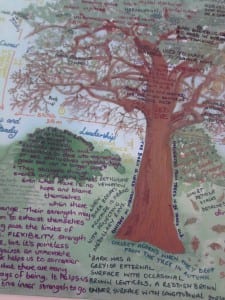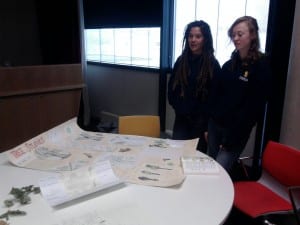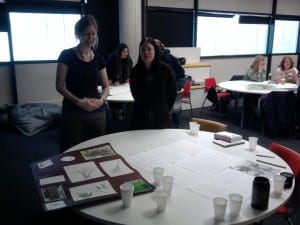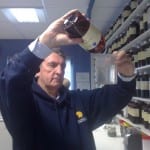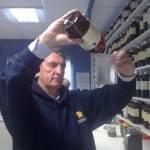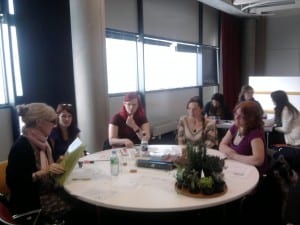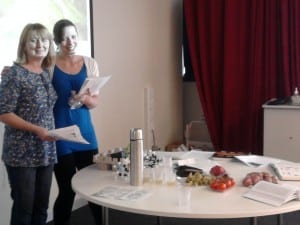Earlier this year, I attended a couple of seminars on researching the history of western herbal medicine, organised by Middlesex University. They were both fascinating events, which brought together classical and medieval historians, medical herbalists and other academic and independent researchers to share their different perspectives on the history of western herbal medicine.
Although there were many points of common interest, there were some major differences in outlook between the herbalists and the historians. Herbal medicine often relies heavily on the historical and traditional uses of herbs as a justification for their modern day use. To the historians present, this seemed to be anathema: an unjustifiable use of historical detail out of its appropriate context. I heard several people make comments about how they would never have started researching in this area if they had thought that anyone would be dredging their work to find modern day application.
In one respect, this is of course a fair criticism. It is all too easy to miss the modern assumptions that we overlay onto interpretation of historical data. But to a herbalist, this works both ways, as hidden information may be dismissed and ignored as folklore if we do not look for the practical applications. One example is the use of incantations during the making of remedies – whilst this undoubtedly will have had a magical ritual element (in itself an effective way of evoking so-called ‘placebo’ responses – a topic which I must revisit in future), it also serves as a useful way to measure time in a world before wristwatches!
One presentation at the first seminar came from Alison Denham and Midge Whitelegg on Deciphering Dioscorides, based on material from their forthcoming book (co-authored with Graeme Tobyn) ‘The Western Herbal Tradition: 2000 years of medicinal plant knowledge’. They have been researching the ways in which a group of medicinal herbs have been used from Dioscorides to the present day, looking at a range of key sources, including Greek, Roman and Renaissance texts. Such research is essential for herbalists to be able to evaluate the credibility of modern claims that depend on historical uses.
For example, it is fair to say that the use of a herb consistently for similar indications throughout recorded history is highly suggestive of that herb’s effectiveness for such uses. (Although it must be remembered that treatments such as bleeding and ingestion of mercurials also have long histories of use for indications where they are anything but helpful.) On the converse, a use that has no traditional history behind it will need considerable research before it can be accepted into current practice.
Another presentation came from the Research officer at the Wellcome library. I was amazed and thrilled to discover that they have been working hard to digitise their unrivalled collection of 17th century domestic recipe manuscripts. These books are now searchable by keywords as well as subjects. An amazing resource.

